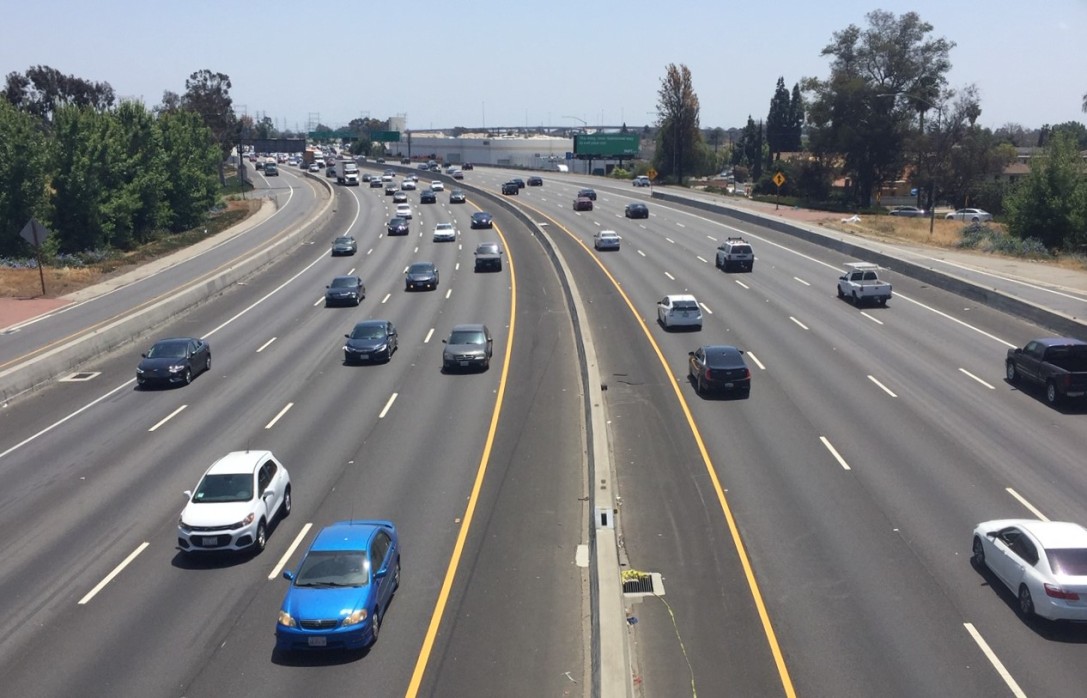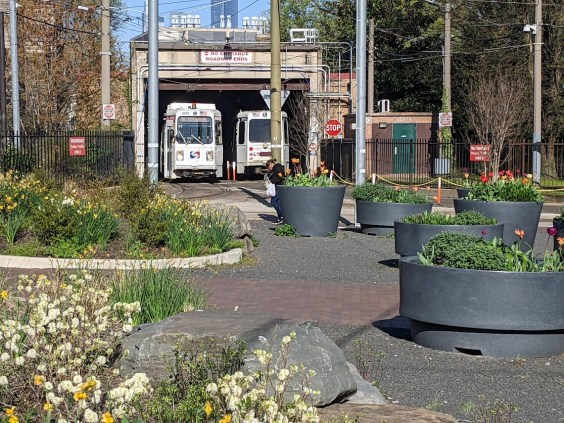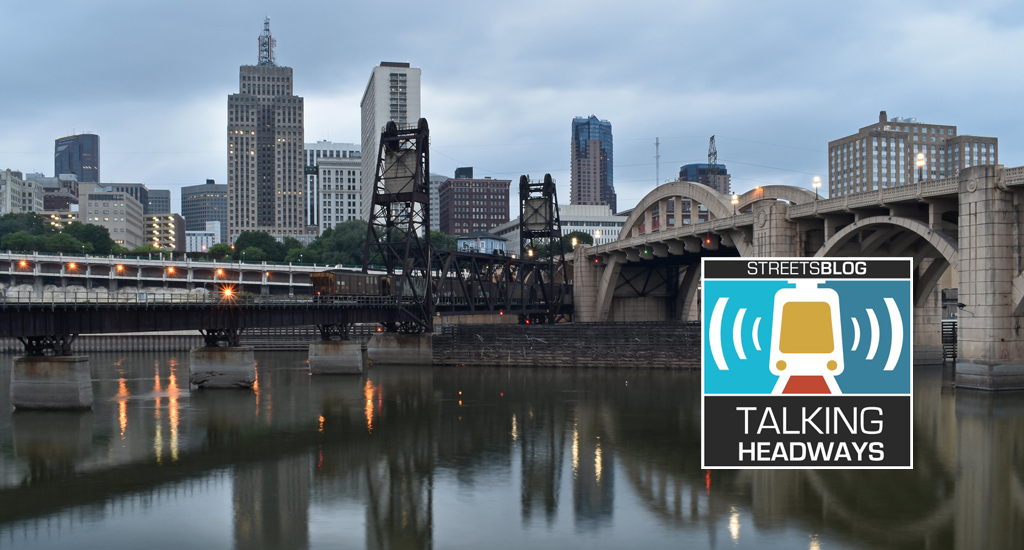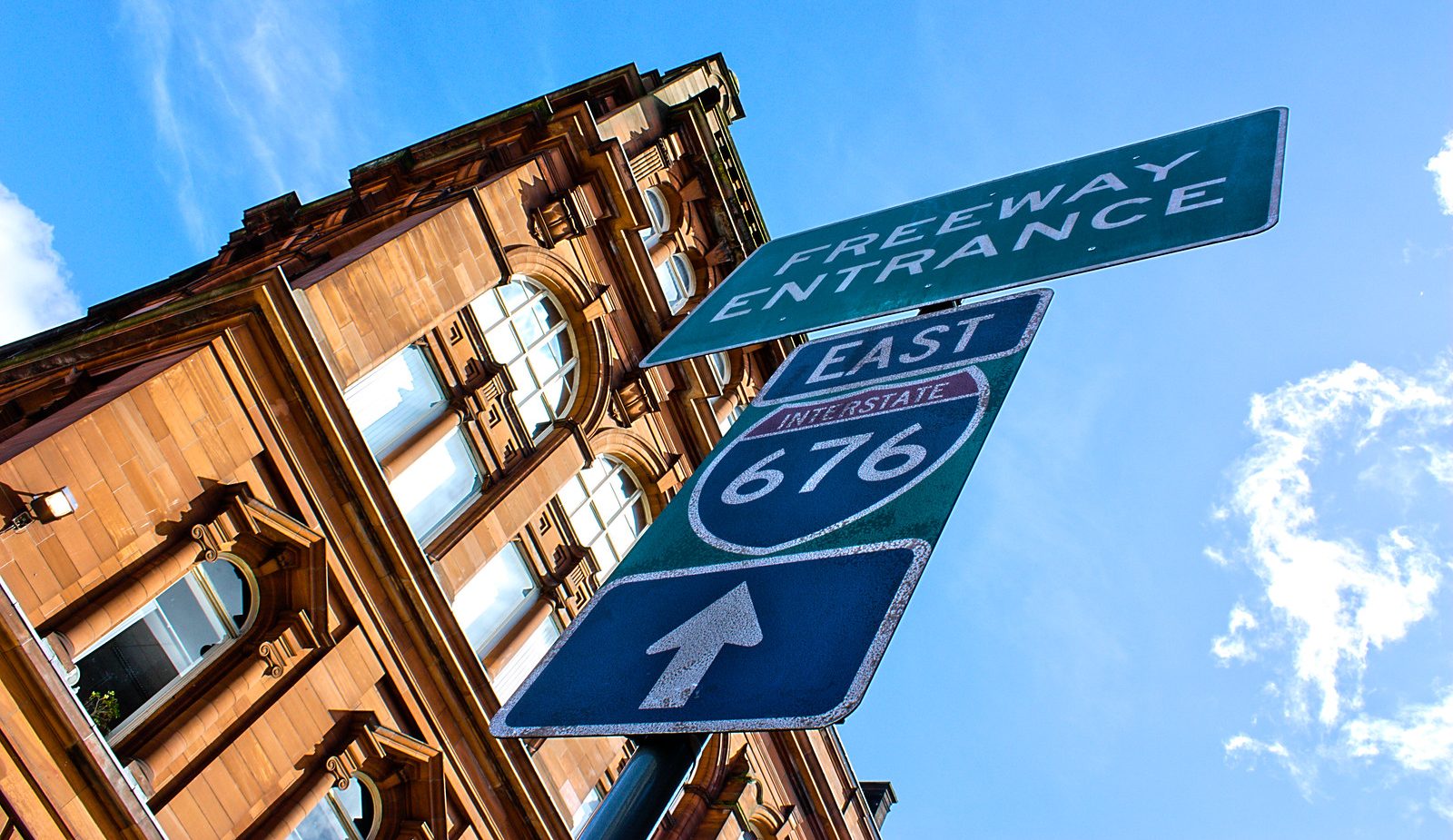You may remember, back in August, economist Ed Glaeser's series on high-speed rail at the New York Times' Economix blog. Glaeser put together a back-of-the-envelope cost-benefit analysis of a hypothetical Houston-Dallas line, which purported to show that rail was a poor investment. You may also remember me responding in detail, and generally pointing out how woefully incomplete and misleading his analysis was.
To give an idea of the errors in his work, Glaeser made no allowance for population growth, and he assumed that the sole land use effect of high-speed rail would be to shift 100,000 suburbanites to the central city in both Dallas and Houston.
But these are absurd assumptions. The Census Bureau projects that America's population will grow by 130 million by mid-century, and the National Academies' Transportation Research Board estimates that America will add anywhere from 60 million to 100 million households in coming decades -- nearly doubling the current number of housing units.
This suggests that there is enormous potential ridership growth in growing metro areas and large opportunities for land use shifts. But Glaeser pretends that the world will be more or less static in coming decades.
For these reasons and others like them, I'm not very happy with this week's statement by Brookings' Jonathan Rothwell that "Glaeser’s core approach is sound," and that Rothwell's analysis of high-speed rail numbers "focus[es] on just those aspects
of Glaeser’s analysis which merit criticism: the interest rate and the
costs per passenger."
This is far too kind to what Glaeser himself said was back-of-the-envelope and which should not be interpreted to "represent ... a complete evaluation of any actual proposed route."
Still, even Rothwell's limited analysis of Glaeser's model (see below
chart), using conservative but more appropriate data points for cost
per passenger and interest rate, shows that high-speed rail systems are
very likely to be worth the investment.
Where Glaeser's data choices show construction of a Houston-Dallas rail line to be a money loser to the tune of $375 million, Rothwell's show net benefits of $122 million for the same line. The figures for a hypothetical Los Angeles-Las Vegas line are better still -- and one assumes that lines which are actually top-priority HSR corridors would perform significantly better.
Rothwell's estimates do not include environmental benefits, nor do they attempt to take into account changes in land use. They don't question other numerical assumptions of Glaeser's, such as his estimate of the value of time for business travelers (which might, by itself, shift promising lines into profitability). And as Rothwell notes, his numbers -- while different from Glaeser's -- are still pretty conservative.
In fact, any decision to build high-speed rail should focus on more than just the direct benefits to riders adjusted for environmental externalities. But just in case rail supporters were concerned that, if forced to argue on those terms, they would have difficulty pushing back against the Glaeser analysis, fear not -- his is hardly the last or best word on the issue.





